I am trying to create a separate array for each pass of the for loop in order to store the values of 'signal' which are generated by the wavefile.read function.
Some background as to how the code works / how Id like it to work:
I have the following file path:
Root directory
Labeled directory
Irrelevant multiple directories
Multiple .wav files stored in these subdirectories
Labeled directory
Irrelevant multiple directories
Multiple .wav files stored in these subdirectories
Now for each Labeled Folder, Id like to create an array that holds the values of all the .wav files contained in its respective sub directories.
This is what I attempted:
for label in df.index:
for path, directories, files in os.walk('voxceleb1/wav_dev_files/' + label):
for file in files:
if file.endswith('.wav'):
count = count + 1
rate,signal = wavfile.read(os.path.join(path, file))
print(count)
Above is a snapshot of dataframe df
Ultimately, the reason for these arrays is that I would like to calculate the mean average length of time of the wav files contained in each labeled subdirectory and add this as a column vector to the dataframe.
Note that the index of the dataframe corresponds to the directory names. I appreciate any and all help!

